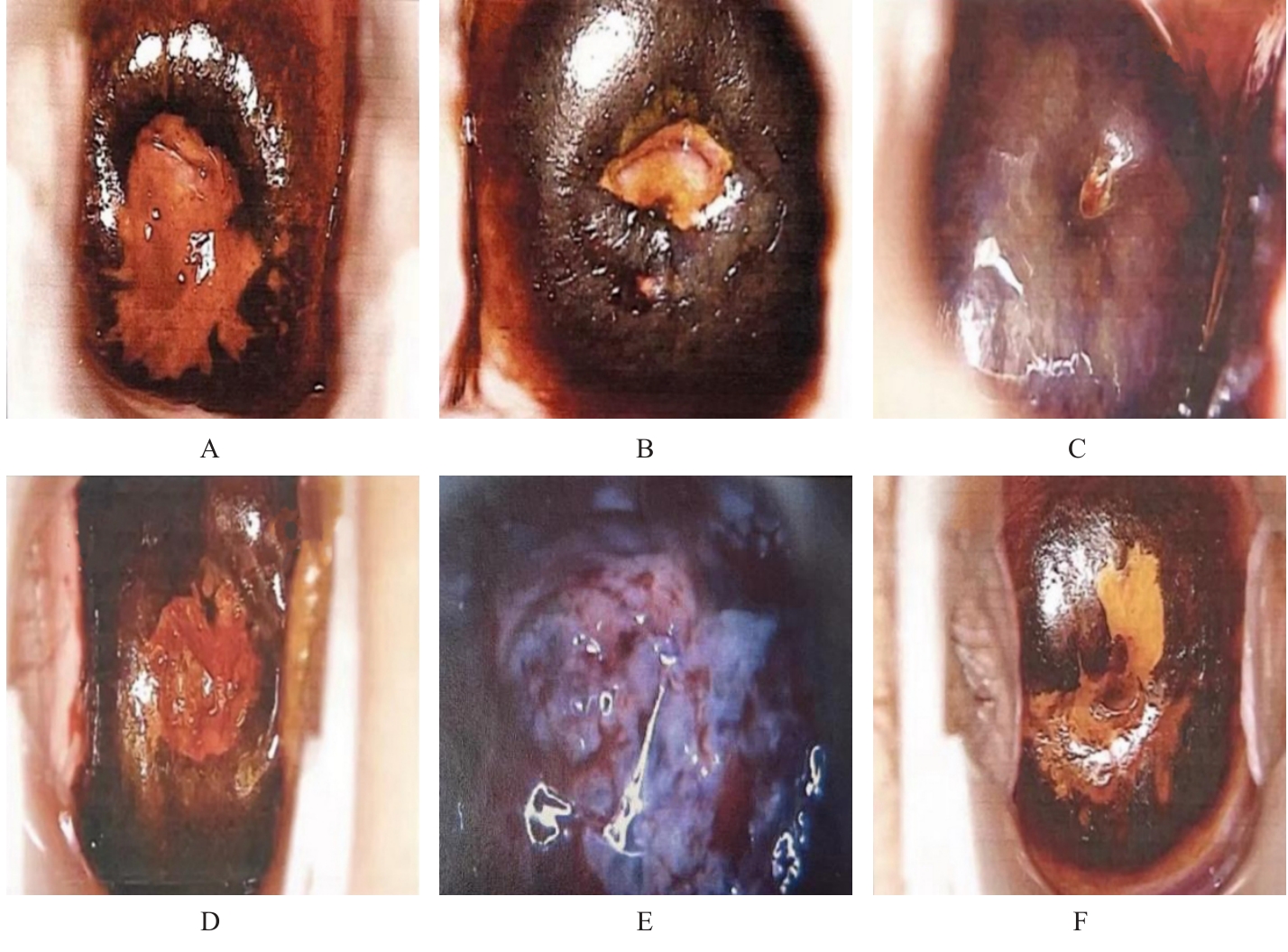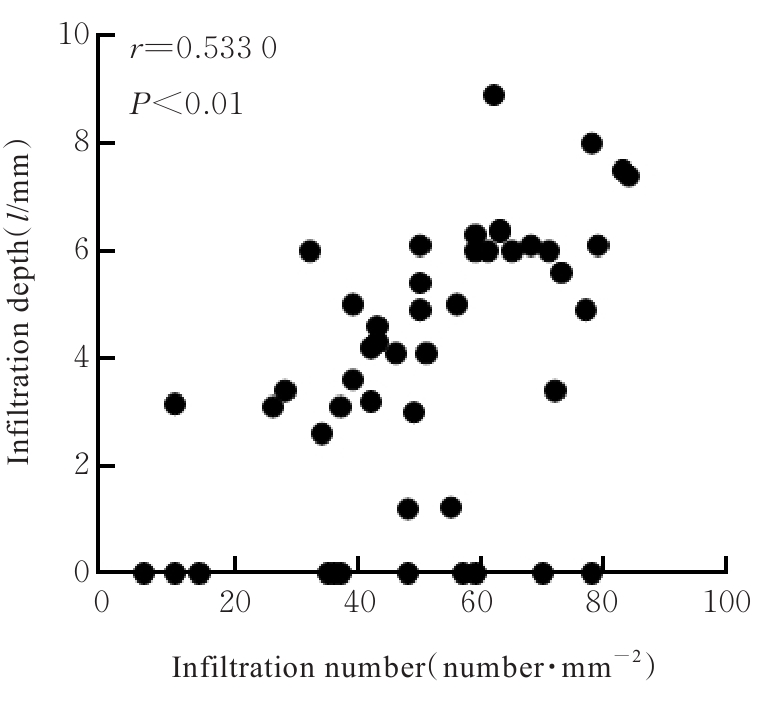Journal of Jilin University(Medicine Edition) ›› 2024, Vol. 50 ›› Issue (6): 1691-1702.doi: 10.13481/j.1671-587X.20240623
• Research in clinical medicine • Previous Articles
Eosinophil infiltration in cervical lesion and cervical cancer tissues and their clinical significances
Yanyan LU1,2,Xiangbo XU1,3,Yamei WU2,Yuqi LIU1,Han WANG1,Lijuan YANG1,Zhenjiang WANG1,Zishen XIAO1,Yanbo LIU1( )
)
- 1.Department of Pathophysiology,School of Basic Medical Sciences,Beihua University,Jilin 132013,China
2.Department of Pathology,Gynaecology and Obstetrics Hospital,Changchun City,Jilin Province,Changchun 130028,China
3.Department of Gynaecology and Obstetrics,People’s Hospital,Jilin City,Jilin Province,Jilin 132011,China
CLC Number:
- R737.33



















